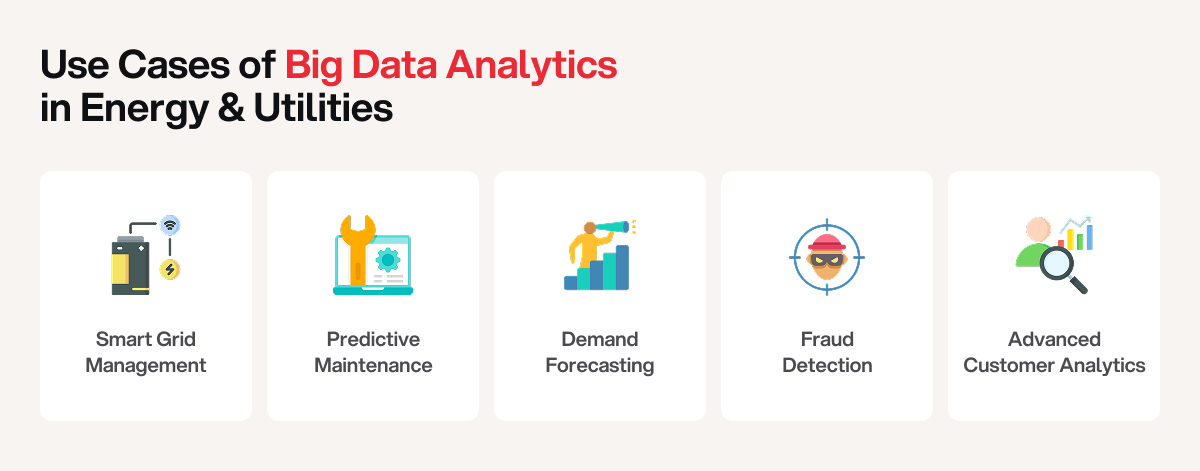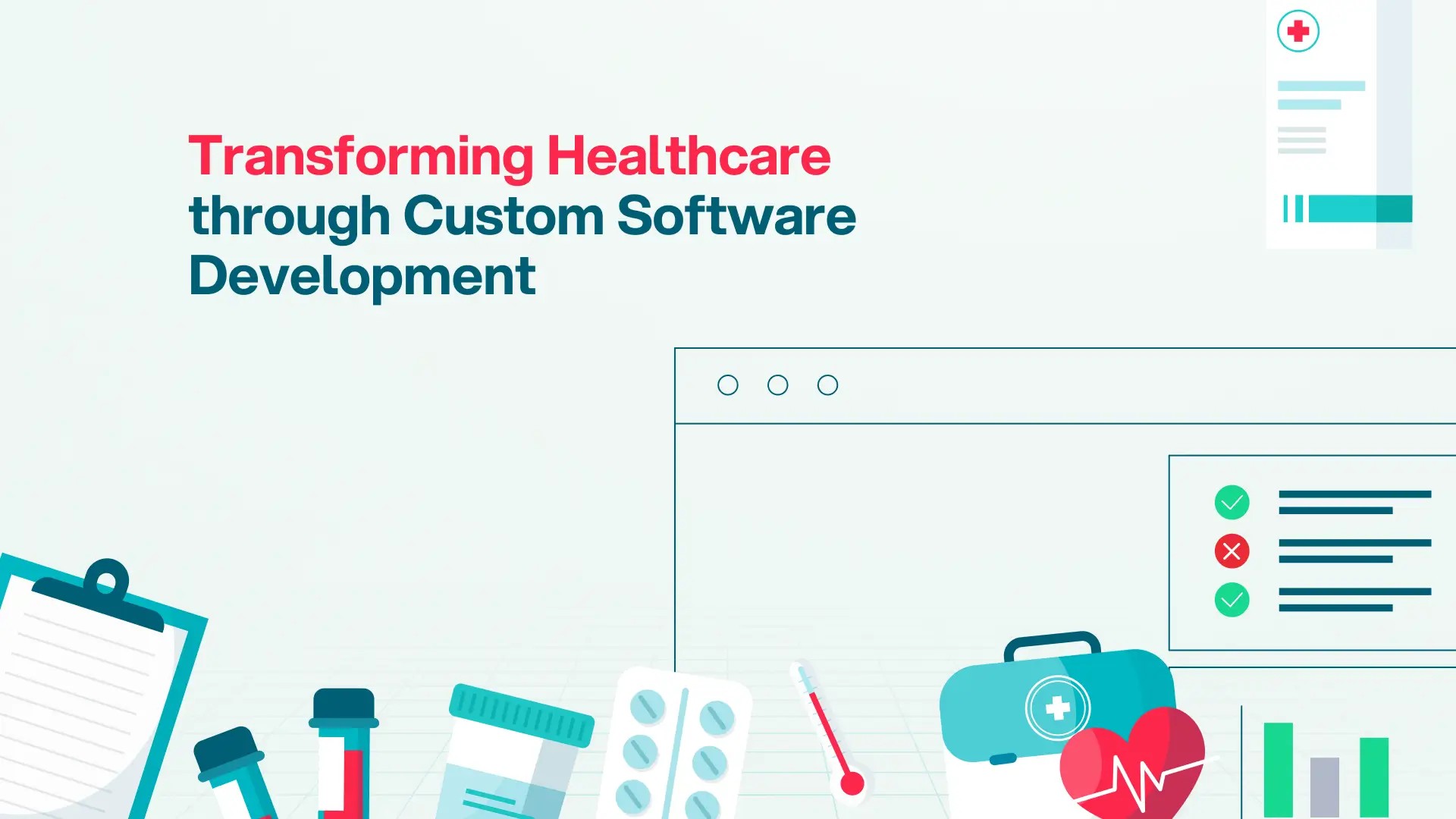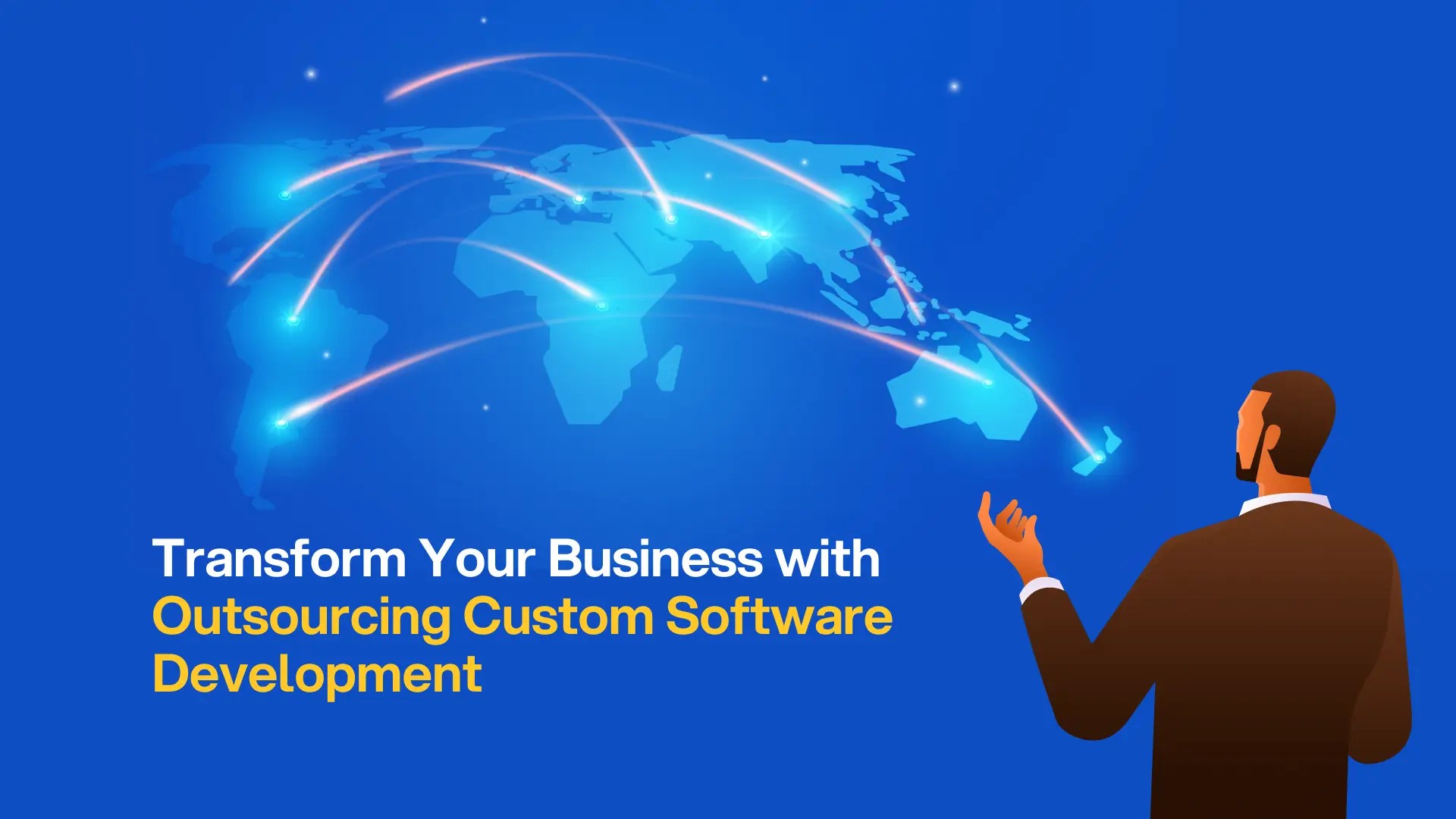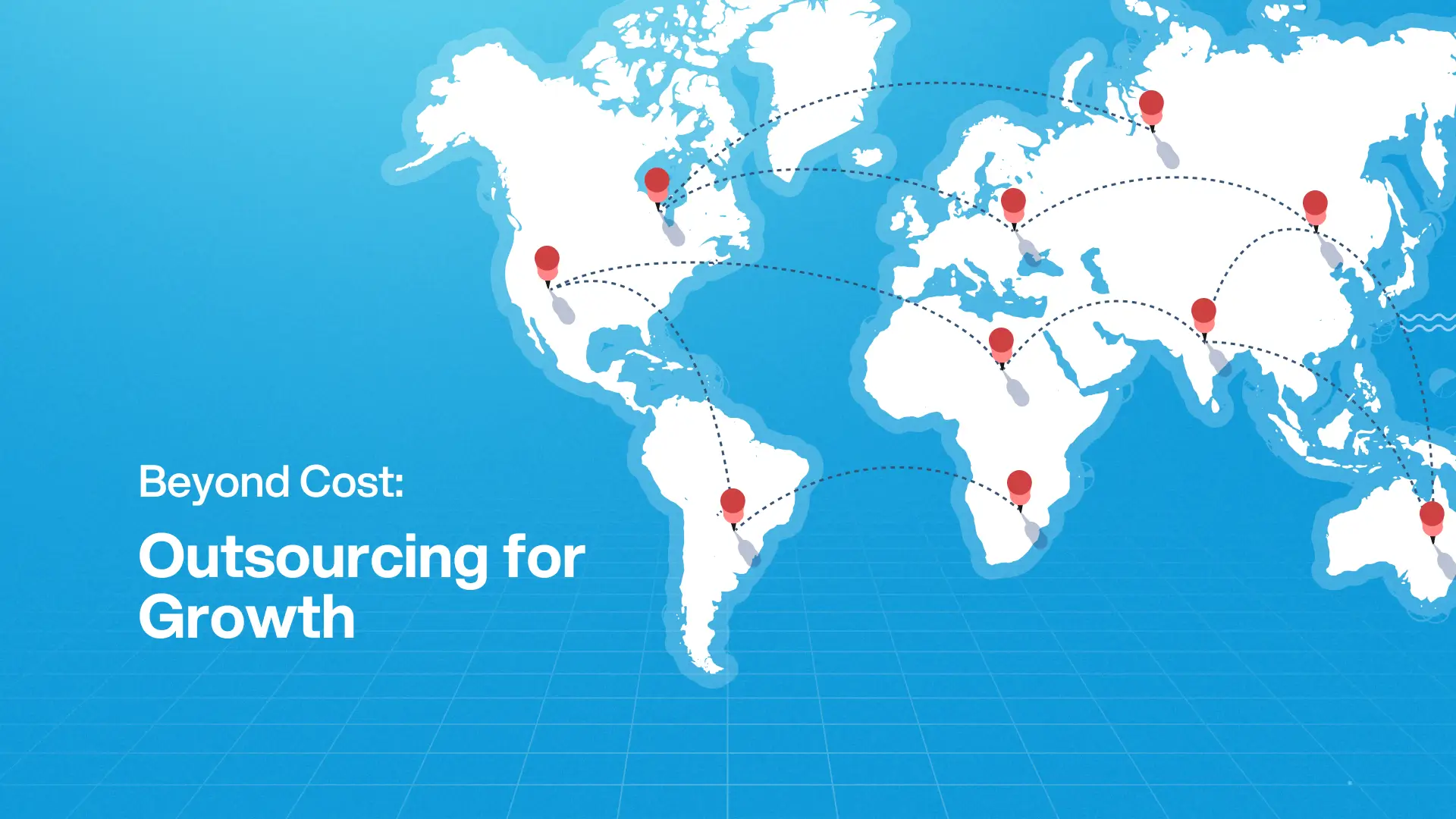Post Activity
 1545
1545
Table of Content
Share This Post
Table of Content
The rising energy demand, the push for sustainability, and growing pressure to manage carbon emissions have companies across industrial and commercial sectors embracing energy management with big data and AI. These digital technologies are part of a strategic shift toward data-driven, sustainable energy systems.
In the energy sector, big data analytics processes vast amounts of real-time data and delivers insights into energy consumption patterns, energy flows, and operational efficiency. For energy providers, suppliers, and grid operators, this means improved visibility, accurate forecasting, and informed decisions that reduce operational costs and energy waste.
Big Data In Energy
Modern energy management depends on continuous monitoring. From smart grids and wind assets to energy storage systems and smart meters, data is flowing nonstop. The challenge? Making that data actionable.
AI models and clustering techniques like K-means clustering help companies detect outliers, optimize grid stability, and plan around energy demand fluctuations. Tools such as Bayesian Networks support a proactive approach to the energy transition by improving accuracy in forecasting wind speeds, renewable energy output, and load distribution.
Edge computing and cloud computing make energy analytics more agile. This enables faster responses to real-time data. These tools play a critical role in integrating renewable energy sources into power grids and driving efficient energy usage across the energy sector.
Big Data Applications in Energy and Utilities
Here’s where energy management with big data and AI truly shines:
- Monitor Energy Consumption: Identify inefficiencies in energy usage and improve resource allocation.
- Detect System Anomalies: Identify issues in real-time using mining methods and neural networks.
- Forecast Demand Accurately: Use machine learning to make accurate predictions and support demand forecasting.
- Detect Fraudulent Activity: Flag unusual patterns in energy usage to catch theft, billing errors, or meter tampering early.
- Optimize Grid Performance: By leveraging customer analytics, real-time insights enable smarter energy distribution and faster issue resolution.

AI and big data help businesses cut energy costs and improve their carbon footprint, making a strong case for adoption.
Tech Stack Behind Big Data Analytics and AI Solutions
To implement big data analytics and AI in energy management, software companies use a solid tech stack built on specialized tools and platforms. The table below outlines some of the most commonly used technologies:
Platforms like Resource Advisor support reporting, continuous monitoring, and sustainability analysis across multiple energy sectors.
Strategic Advantages of Outsourcing Energy Management
Developing big data analytics and AI solutions in-house can be both time-consuming and resource-intensive. Especially for energy companies navigating complex digital transformation initiatives. That is why outsourcing has become a smart, scalable option. While traditional outsourcing benefits like cost savings and scalability are well-understood, outsourcing energy management powered by big data and AI provides distinct strategic advantages for energy providers:
Domain-Tailored AI Models and Analytics Accelerators
Specialized vendors often come with pre-built machine learning models, forecasting tools, and analytics frameworks tailored for:
- Load forecasting
- Energy trading optimization
- Demand-response prediction
- Renewable variability forecasting
This shortens development timelines significantly compared to building models from scratch in-house.
Thinking of Outsourcing?
Access a wide range of outsourcing companies and find your best fit.
Access to Cross-Market Energy Insights
Outsourcing partners working with utilities, grid operators, and energy tech firms globally offer comparative benchmarking data and cross-market intelligence, enabling:
- More accurate predictive analytics
- Smarter decision-making across deregulated and regulated markets
- Faster adaptation to new compliance or energy transition trends
Rapid Prototyping & Deployment of AI-Powered EMS
External teams with proven experience in deploying Energy Management Systems (EMS) can:
- Rapidly test and validate AI-driven control strategies
- Integrate with IoT devices and smart meter infrastructures
- Ensure cybersecurity and data governance in compliance with industry standards
Energy-Specific Regulatory and Sustainability Expertise
Unlike generic AI outsourcing, vendors focused on the energy domain understand the implications of:
- Carbon accounting
- ESG reporting automation
- Compliance with regional energy efficiency mandates
This ensures solutions are not just technically sound but regulatorily aligned.
Hybrid Infrastructure and Edge-Ready Architectures
Energy environments often involve a mix of cloud and edge computing (e.g., smart meters, substations). Domain-aware partners bring:
- Edge AI deployment experience
- Secure and real-time data ingestion pipelines
- High-availability systems for mission-critical operations
Faster Digital Twin Development
AI-driven digital twins for power plants, grids, or renewable installations can be complex. Outsourcing partners bring reusable simulation models and expertise in physics-informed ML to reduce time and risk.
Continuous Model Monitoring and Drift Management
Energy patterns change with seasonality, pricing, and policy. Outsourcing ensures:
- Ongoing model retraining and drift detection
- Continuous performance monitoring
- Reduced burden on internal data science resources
Outsourcing allows energy providers to implement advanced technology, like AI-powered energy management systems, with quick time-to-market. It ensures that companies maintain a proactive approach to innovation, efficiency, and energy transition. As previously mentioned, Google’s success in reducing cooling energy use through DeepMind’s AI is a good example of the tangible benefits of applying outsourced AI expertise to energy optimization.
Final Thoughts
Energy management with big data and AI is a smart move toward digital transformation. These advanced technologies offer energy companies and grid operators the tools they need to optimize renewable energy integration, reduce energy waste, and keep systems agile.
Real-time data, efficient energy practices, and accurate forecasting, energy providers to reduce operational risks, make better energy predictions, and lead the charge toward a more sustainable, low-carbon future. Whether you’re managing legacy infrastructure or modernizing for renewable energy management, the combination of big data and AI plays a critical role in shaping the future of the power sector.
Ready to Build Your Team?
Let’s create together, innovate together, and achieve excellence together. Your vision, our team – the perfect match awaits.






